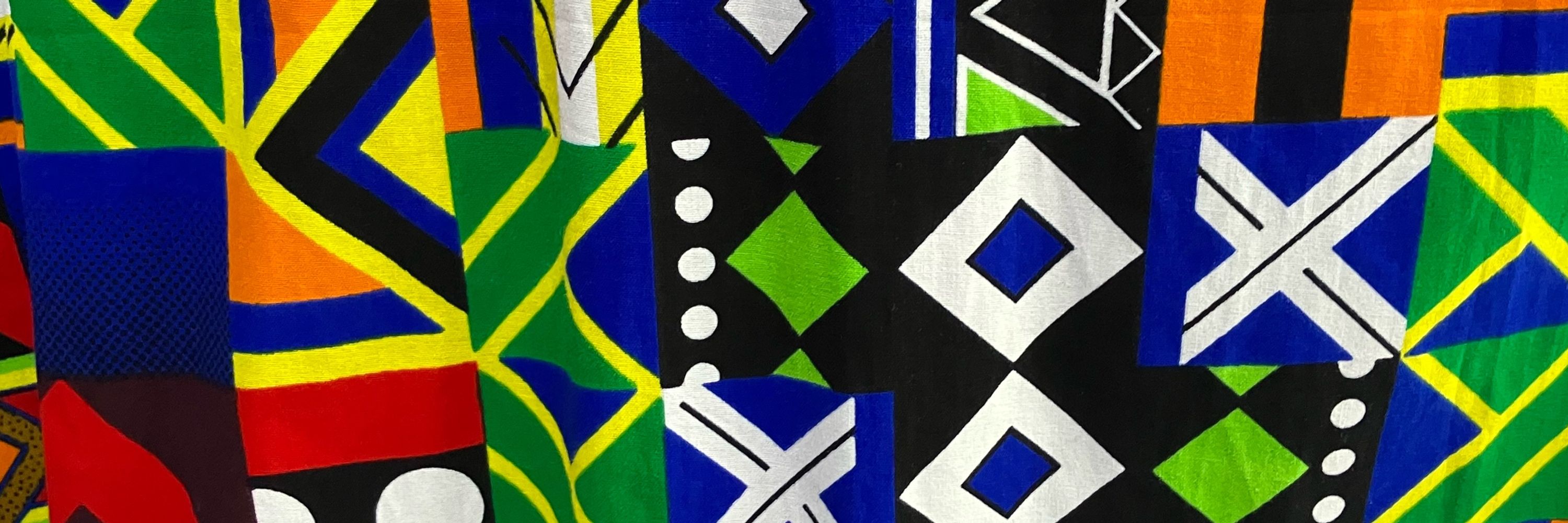Jenneke van der Wal
@jennekevanderwal.bsky.social
220 followers
150 following
230 posts
Linguist in Leiden, with a passion for African languages.
Posts
Media
Videos
Starter Packs
Pinned
Reposted by Jenneke van der Wal
Reposted by Jenneke van der Wal
Reposted by Jenneke van der Wal










